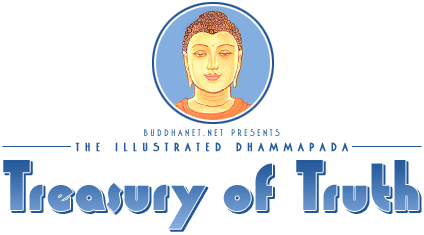 |
| "Mind" is by the mind-door near the heart. |
The key to great works of literature, particularly sacred texts, is the quality of translation. Quality is sacrificed here for excellence of presentation. For example, our lives are not guided or made by "thoughts." What the text actually says is that everything, in terms of perceive and are conscious of, is preceded by "mind." Mind is defined in Buddhism very technically as four processes: sensation, perception, formations, and consciousness. (The fifth factor, materiality or form, would be mind's physical base, which was not specified by the Buddha, although alluded to; it is generally believed to be in or around the heart not the skull. See all five).
 |
| Cittas+cetasikas=consciousness (UIC) |
The third, sometimes translated as volition or intention, is in fact 50 processes with volition being the most salient of the grouping and therefore used to represent them all. But sensation and perception are also formations. They are so important that they are analyzed separately.
Consciousness is not a thing but a process, a stream of innumerable and nearly identical cittas (mind moments) and cetasikas (mental factors or mental concomitants). One citta is not a "thought." And we are guided and co-create our reality based on many subconscious views, not conscious thoughts. But for ease, using English, "Mind is the forerunner of all conditions," as the Dhammapada famously opens, becomes "Our thoughts create our reality" or some similar attempt to get at the original Pali, Magadhi, Sanskrit, or Prakrit the Buddha used.
What is the Dhammapada?
But the Dhamma-pada ("Dharma footprint," imprint, or path) is a collection of sayings or aphorisms from the sutras with commentaries. It is not a work with deep explanations like the sutras (discourses) or the Higher Teachings (Abhidharma), sometimes referred to as texts on Buddhist psychology. Instead, they are truisms with explanations or back stories for how each saying came to be uttered. It is not a "bible." Buddhism does not have a bible. But it is often treated as one in comparative religions courses because it is a collection of wisdom. The "bible" would be the discourse-collection, or sutta-pitaka, and perhaps the ancient commentaries (tika) that make the sutras intelligible now that the words are taken out of their original cultural and linguistic context. Here is another Dhammapada translation with illustrations:




















































































































































































































































No comments:
Post a Comment